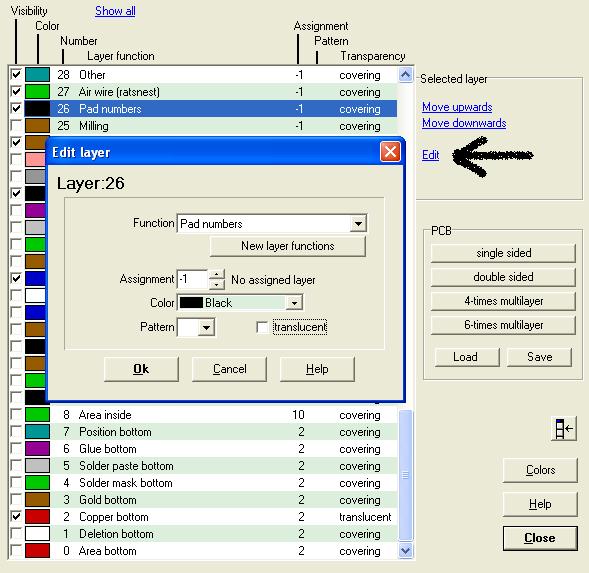

# if you pass a tuple of 3 or 4 arrays, they will be used to set the # RGB (or RGBA) colors of the shapes m. If shading is used, a dynamic averaging of the data based on the screen-resolution and theĬurrently visible plot-extent is performed (resampling based on the mean-value is used by default). Shade the data as a rectangular raster (> usable for very large datasets!).

Shade the data as infinitesimal points (> usable for very large datasets!). Possible shapes that can be used to quickly generate a plot for millions of datapoints are: (several million datapoints), it is recommended to use “shading” instead of representingĮach data-point with a projected polygon. While raster still works nicely for large datasets, for extremely large datasets Possible shapes that work nicely for datasets with up to 1M data-points:ĭraw geodesic circles with a radius defined in meters.ĭraw projected ellipses with dimensions defined in units of a given crs.ĭraw projected rectangles with fixed dimensions (and possibly curved edges)ĭraw a Delaunay-Triangulation of the data.ĭraw 2D datasets as rectangles (only 2D datasets, but possibly large ones) Set the plot-shape to represent the data-points. Set the properties of the dataset you want to plot. new_layer ( "data" ) # create a new layer named "data". rectangles ( radius = 1, # represent the datapoints as 1x1 degree rectangles radius_crs = 4326 ) m2. ) # assign another dataset to the new Maps object m2. new_layer () # create a new Maps-object on the same layer m2. geod_circles ( radius = 1000, # draw geodetic circles with 1km radius n = 100 ) # use 100 intermediate points to represent the shape m. ) # assign some data to the Maps-object m. Add new layers to existing Maps-objects from a file.📦 Reading data (NetCDF, GeoTIFF, CSV…).🔬 Inset-maps - zoom-in on interesting areas.



 0 kommentar(er)
0 kommentar(er)
